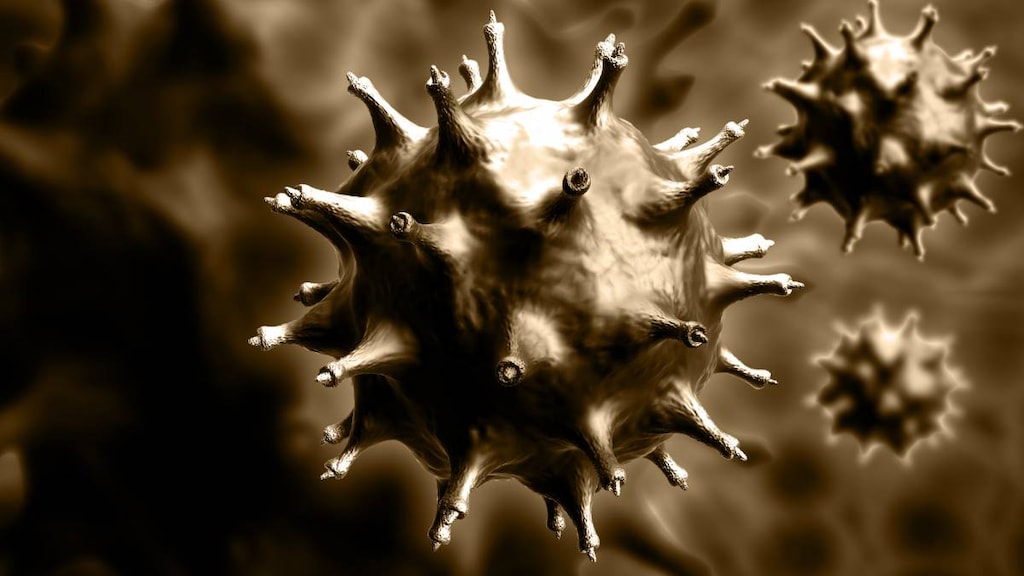
What is HIV?
HIV stands for human immunodeficiency virus. It is a virus that attacks the immune system, specifically CD4 cells (also called T cells), which eventually reduces a person’s ability to fight infection. HIV can progress to AIDS (acquired immunodeficiency syndrome) if left untreated.
What causes HIV?
HIV is thought to have originally mutated from a virus that infects chimpanzees, called simian immunodeficiency virus. Research has indicated that the virus probably mutated into HIV, which is a version that could infect humans, as far back as the late 1800s when chimpanzees were hunted for meat.
HIV has been present in the United States since the mid to late 1970s.
Who is at risk for HIV?
HIV can infect any person, no matter their age, gender, or sexual preference. It is spread sexually, by contact with infected blood, from mother to child during pregnancy, during childbirth, or through breast-feeding.
People have a higher risk of contracting HIV if they:
- Have sex. Even condoms don’t provide 100% protection against HIV and the virus can enter your body through mouth sores following oral sex
- Have a blood transfusion, especially in certain countries overseas. The risk in America is very small as hospitals and blood banks now screen the blood supply for HIV antibodies
- Share needles. IV drug paraphernalia (needles and syringes) may be contaminated with HIV or other infectious diseases, such as hepatitis
- Have a sexually transmitted infection (STI). STIs act as a gateway to HIV infection because they compromise tissues or break down the skin barrier in the genital area
- Are an uncircumcised man. Research has shown this increases the transmission of HIV.
Unborn and newborn babies are at risk of contracting HIV if their mother is HIV positive. Treatment for HIV during pregnancy significantly lowers the risk of a mother passing the infection on to her baby.
HIV cannot be spread through hugging, kissing, dancing or shaking hands with someone who has the infection. It is also not spread through insect bites, air, or water.
What are the symptoms of HIV?
The symptoms of HIV and AIDS vary, depending on the phase of infection.
When you first acquire HIV it may take a month or two before symptoms show and these may last a week or two. Even then these may easily be confused with another type of viral illness, such as the flu, or so mild as not to be noticed initially.
Symptoms of an initial acute HIV infection may include:
- Fever
- Headache
- Muscle aches and joint pain
- Painful mouth sores
- Rash
- Sore throat
- Swollen lymph glands, mainly on the neck.
The infection is easily spread during this stage.
The next stage of HIV infection is called clinical latent infection. Generally, there are few signs or symptoms during this stage which may last approximately 10 years, although some people may develop persistent swelling of the lymph nodes or more severe disease sooner. HIV persists in the bloodstream and white blood cells.
Infections start to become more common as the virus continues to multiply and destroy cells in the immune system.
Signs and symptoms of symptomatic HIV infection include:
- Fever
- Fatigue
- Diarrhea
- Weight loss
- Yeast infection (eg, oral thrush)
- Shingles
- Swollen lymph nodes.
If left untreated, HIV usually progresses to AIDS (also known as stage 3 HIV) in about 10 years, although some people never develop AIDS despite never having treatment. A person is said to have AIDS when their CD4 count (a protein found on the surface of immune cells) falls below 200 (or the CD4 percentage falls below 14%) or when they develop certain opportunistic infections or cancers.
How is HIV treated?
Although there is no cure for HIV, medications can dramatically slow the progression of the disease and people can live a relatively infection-free life. Few people die of AIDS these days thanks to effective treatments.
Medications used to treat HIV are called antiretrovirals (also referred to as ART or ARV). Most people with HIV take combination ART every day. ART also reduces the risk of HIV transmission.
Approved ARV treatments are grouped into seven drug classes as follows:
- Nucleoside reverse transcriptase inhibitors (NRTIs)
- Non-nucleoside reverse transcriptase inhibitors (NNRTIs)
- Protease inhibitors (PIs)
- Fusion inhibitors
- CCR5 antagonists
- Post-attachment inhibitors
- Integrase strand transfer inhibitors (INSTIs).



